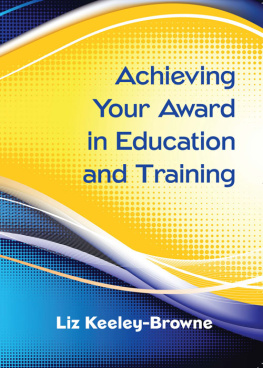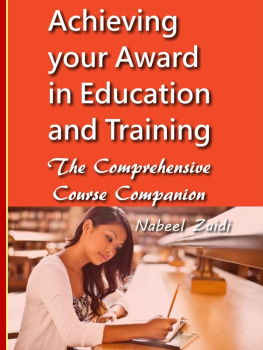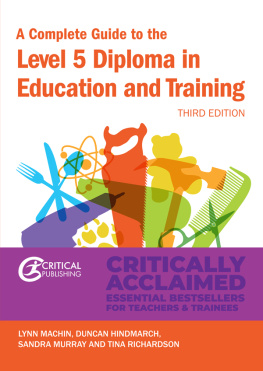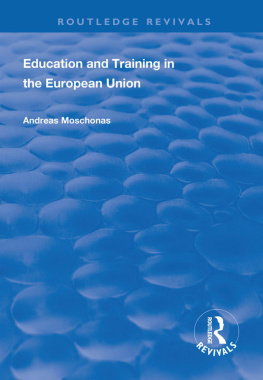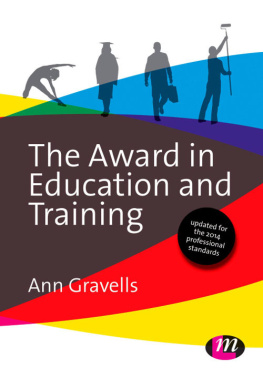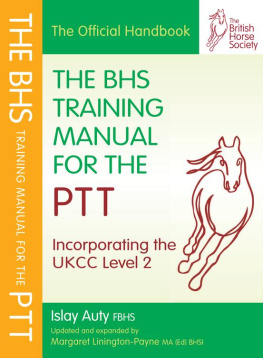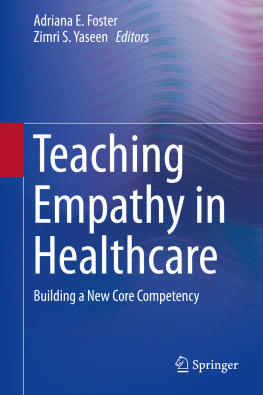
Open University Press
McGraw-Hill Education
McGraw-Hill House
Shoppenhangers Road
Maidenhead
Berkshire
England
SL6 2QL
email: enquiries@openup.co.uk
world wide web: www.openup.co.uk
and Two Penn Plaza, New York, NY 10121-2289, USA
First published 2014
Copyright Liz Keeley-Browne, 2014
Cover image copyright RomanOkopny/iStock
All rights reserved. Except for the quotation of short passages for the purpose of criticism and review, no part of this publication may be reproduced, stored in a retrieval system, or transmitted, in any form or by any means, electronic, mechanical, photocopying, recording or otherwise, without the prior written permission of the publisher or a licence from the Copyright Licensing Agency Limited. Details of such licences (for reprographic reproduction) may be obtained from the Copyright Licensing Agency Ltd of Saffron House, 610 Kirby Street, London EC1N 8TS.
A catalogue record of this book is available from the British Library
ISBN-13: 978-0-33-526436-0 (pb)
ISBN-10: 0-33-526436-0 (pb)
eISBN: 978-0-33-526437-7
Library of Congress Cataloging-in-Publication Data
CIP data applied for
Typesetting and e-book compilations by
RefineCatch Limited, Bungay, Suffolk
Fictitious names of companies, products, people, characters and/or data that may be used herein (in case studies or in examples) are not intended to represent any real individual, company, product or event.
Praise for this book
This is an extremely easy to read guide for those thinking of teaching in the Education and Training sector. It is not only practical and pragmatic about achieving a teaching qualification but also thought-provoking about the nature of professionalism and what it means to be a teacher in a changing world.
Dr Jean Kelly, Chief Executive, Institute for Learning, UK
You will value this book if you are learning to teach and train others while undertaking your Certificate in Education qualification. Liz Keeley-Brownes book is presented in an accessible format and encourages the use of practical activities that will affect the quality of your teaching experience and impact your work with learners. You are provided a solid foundation to capture key elements of effective practice including planning for and assessment of learning. It encourages the use of critical incidents to improve and develop from. The journey to teaching professionalism and joining the wider teaching community begins here.
Paula Jones, Chair of the Association of Centres for Excellence in Teacher Training, UK
The book is easy to follow, comprehensive and well laid out with useful case studies and suggestions for self-study. It covers teaching and training in the FE and Skills sector and is clearly structured into modules with a practical section on action research for new teachers.
Rebecca Eliahoo, Principal Lecturer (Lifelong Learning), University of Westminster, UK
Dedication
This book is dedicated to the many colleagues I have worked with, whose motivation is for all learners to achieve their full potential, supported by high quality teaching and learning.
Contents
Welcome to this guide to the new learning and skills sector qualifications. It has been written at a time of unprecedented change in the sector as the Government redesigns the curriculum, changes the funding methodologies and has removed the regulation requiring teachers working in the sector to be so qualified. Teaching is not an easy task; it is not simply learned by following the ways we may have been taught, and certainly in the twenty-first century it is a role that requires flexibility, the ability to face challenges, an enquiring mind and the motivation and commitment to do the best for those we teach.
This book represents the first in a series designed to address the new qualifications. It focuses on the mandated core content at Level 4 with additional study material for one optional module also included. The core is made up of five different modules of learning and these are presented here as five separate chapters. Chapter 6, on action research, offers guidance in meeting the expectations of one of the most valuable optional modules.
The deliberate approach of this book is to offer accessible, comprehensive and straightforward coverage of the award and it is designed to support you as you progress through the required elements of the qualification. Furthermore, within each chapter you will find tasks and questions designed to encourage you to use this text as a self-study guide and work your way through the elements of the qualification at a pace that suits your needs.
The text is presented in three sections with Section A addressing the mandatory core modules, Section B covering one optional module for self-study guidance in action research and then Section C which focuses on teaching practice.
The current context
As stated above, the sector is experiencing unprecedented change. During 2013 the Learning and Skills Improvement Service (LSIS) was disbanded, having redesigned the qualification framework for the sector, and the legal requirements for further education (FE) teachers to be qualified was repealed. The removal from statute of legislation which required FE teachers to be trained represents a policy approach which is difficult to understand and one that has the danger of marking a decline in the professional recognition for those employed in the sector. Despite these legislative changes the staff who work in the sector are committed to professionalizing the role of the FE lecturer while offering support for them to gain the appropriate skills to teach in the twenty-first century. The new Education and Training Foundation (ETF), as the sector body which in July 2013 replaced the LSIS, has set out its core ambition to improve teacher and learning in the sector. The Foundation, as it is commonly referred to, is reviewing and finalizing new standards for the sector and is, at the same time, encouraging sector leaders to maintain the quality of the workforce they employ despite the loss of the legal regulation requiring all teachers to hold a qualification.
The sector
The Kennedy report published in 1997 identified the diversity of the sector, describing it as large, fertile and the least understood part of the learning tapestry. Today it may offer learning opportunities to 14- to 16-year-olds, 16- to 19-year-olds, young adults, mature adults, full-time and part-time learners as well as evening class tuition. Working in the sector is both challenging and exciting. And, as someone who has worked in the school sector, the FE sector and in higher education, I have to say that it was as an FE lecturer that I learned the most about teaching and it was in this sector that I felt I was able to make the most impact on the life chances of the learners I met.
We must not forget, however, that the sector is more than the teaching and learning that takes place in our FE colleges. The sector embraces workplace learning, prison education, adult and community education and all employer-based training linked to accredited outcomes. Staff in the sector may work for professional bodies such as the Law Practice Society or British Dental Society; they may also work on behalf of the Plumbers Guild or the National Engineering Training Board. Furthermore, it is important to remember the influence and significance of employer-based organizations when designing and implementing programmes of training for the sector and indeed to involve employer organizations in course design and assessment. But more about that later.
Next page
